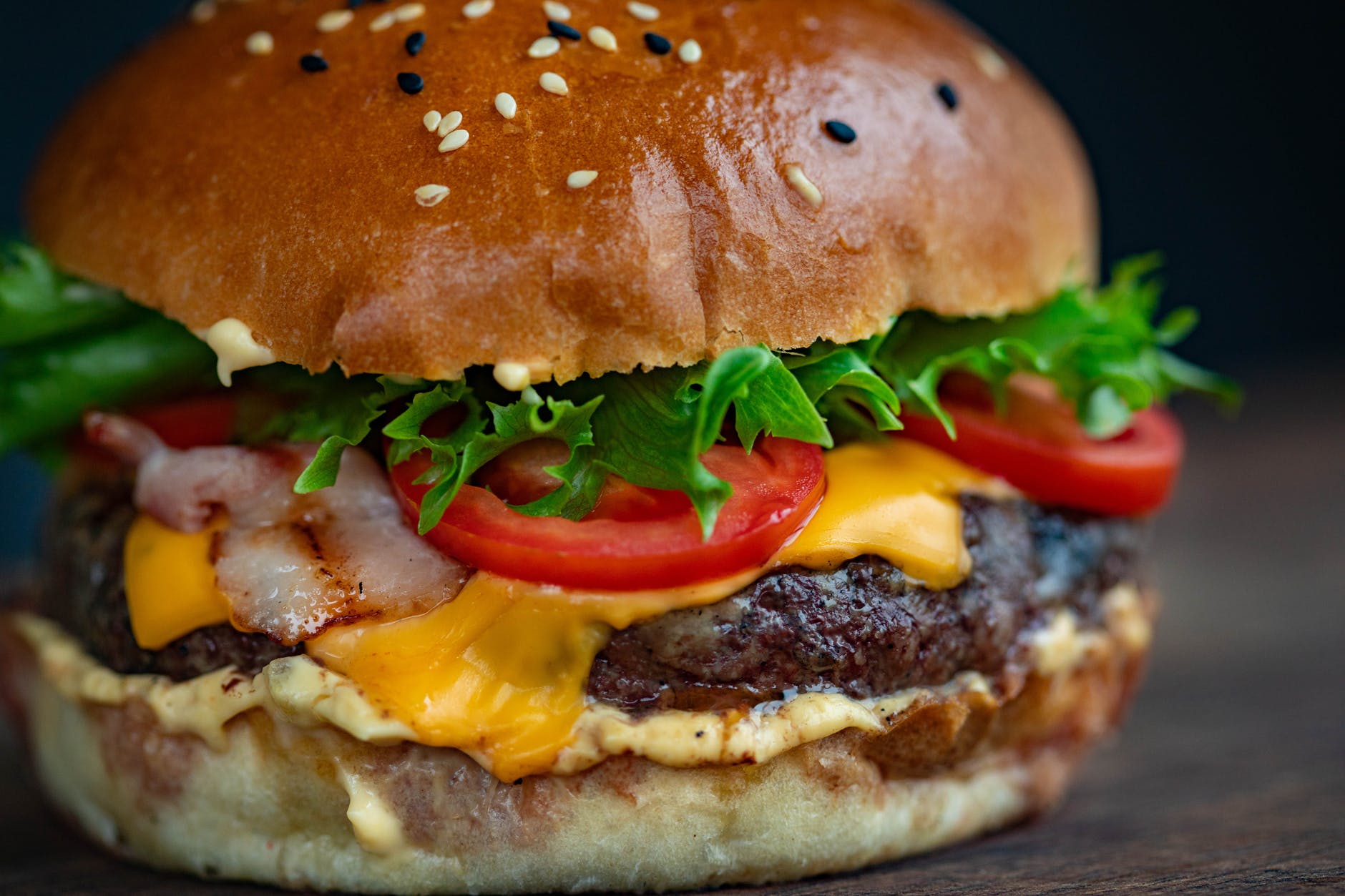IF YOU WISH to see the meat market at London’s Smithfield in action, either you must go to bed very late or wake up quite early, because the market is only open between 2 am and 10 am. This April, we visited it at about 1.30 in the afternoon, and there was little to see and there was hardly any odour in the air.
Back in October 2017, I walked from Clerkenwell to Smithfield, and wrote about it in a blog I published (https://londonadam.travellerspoint.com/44/). Here is what I wrote about the meat market:
“At Peters Lane, Cowcross street turns southward towards to meet St Johns Street, which commences at the north side of Smithfield Market, an indoor wholesale meat marketplace. Smithfield’s central Grand Avenue is entered through an archway flanked by two heraldic dragons and a pair of stone sculptures. The Avenue runs beneath a high roof supported by ornate painted ironwork arches. Side aisles are lined with the meat dealers’ stalls and glass-covered display cabinets. In 1852, London’s livestock market was moved from Smithfield to Copenhagen Fields in Islington (off Caledonian Road, where the Caledonian Park is now located). This cleared the area for the construction of the present meat market, which was completed by 1868. Constructed in an era before refrigerators were used, the market was designed to keep out the sun and to take advantages of prevailing breezes.”
I continued as follows:
“In mediaeval times, Smithfield had a bad reputation. It was known for criminal activity, violence, and public executions. In the early 19th century, when obtaining divorce was difficult, men brought their unwanted wives to Smithfield to sell them, then a legal way of ending a marriage (see: “Meat, Commerce and the City: The London Food Market, 1800–1855”, by RS Metcalfe, publ. 2015).”
In relation to disposing of a spouse, I quoted the following verse by an unknown author quoted in “Modern Street Ballads”, by John Ashton (published 1888):
“He married Jane Carter,
No damsel look’d smarter;
But he caught a tartar,
John Hobbs, John Hobbs;
Yes, he caught a tartar, John Hobbs.
He tied a rope to her, John Hobbs, John Hobbs;
He tied a rope to her, John Hobbs!
To ‘scape from hot water,
To Smithfield he brought her;
But nobody bought her …”
What I did not mention in my 2017 piece is that John Ashton noted in his book:
“Wives at the market did not fetch good prices; the highest I know of, is recorded in The Times, September 19, 1797: “An hostler’s wife, in the country, lately fetched twenty-five guineas.” But this was extravagance, as, with the exception of a man who exchanged his wife for an ox, which he sold for six guineas, the next highest quotation is three and a half guineas; but this rapidly dwindled down to shillings, and even pence. In 1881, a wife was sold at Sheffield for a quart of beer; in 1862, another was purchased at Selby Market Cross for a pint; and the South Wales Daily News, May 2, 1882, tells us that one was parted with for a glass of ale. Sometimes they were unsaleable …”
Fascinating, but horrific when you think about it. In any case, you will be pleased to know that although I visited Smithfield with my wife a few days ago, I had no intention of selling her! Instead, we enjoyed some liquid refreshment in the nearby branch of the Pret A Manger café chain.










